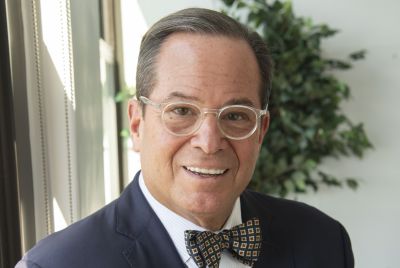Unemployment Rate: How The Headline Number Misstates The True State Of Employment

Federal Reserve Chair Janet Yellen explained this week that two broad economic concerns guided the U.S. central bank’s decision to leave benchmark interest rates unchanged for the near future: global market volatility (this was the chief factor) and an unfinished jobs recovery. The latter point runs against the grain of the arguments some economists and market analysts have made since spring.
“It’s clear that the jobs market has achieved an extraordinary degree of improvement across so many fronts,” wrote Rick Reider, BlackRock’s chief fixed-income investment officer, last week, arguing for a rate hike.
Some data indeed paint a sunny jobs portrait. July saw a record number of job openings. And the official unemployment rate has nearly halved since the trough of the recession.
But these numbers don’t tell the whole story. “At least to some extent the standard employment rate understates the degree of slack in the labor market,” Yellen told reporters Thursday. In particular, she pointed out “very high levels of part-time, involuntary employment” in the economy.
As attention turns to the Fed’s next decision in October, economists will be watching a number of indicators to tell whether the economy has fully healed. The story they tell is far more disconcerting.
'Big Lie'?
Jim Clifton, CEO of leading pollster Gallup, made waves earlier this year with a blog post calling the official unemployment rate “The Big Lie.”
“If you, a family member or anyone is unemployed and has subsequently given up on finding a job -- if you are so hopelessly out of work that you've stopped looking over the past four weeks -- the Department of Labor doesn't count you as unemployed,” Clifton wrote.
The so-called headline unemployment rate -- which now stands at a relatively paltry 5.1 percent -- also leaves out those in part-time gigs who are hoping for a full-time position.
When you add in reluctant part-timers and those who have given up on the job search, the unemployment rate more than doubles to 10.3 percent. This is what some call the "true" unemployment rate.
Those sanguine about labor conditions also point to the number of new jobless claims posted each week, which has recently fallen to lows not seen in 15 years.
But as Andrew Zatlin of Southbay Economics has pointed out, state-level changes in unemployment benefits since 2011 have depressed those numbers. In Florida, Michigan and seven other states, the window during which a jobless worker can file a claim has shortened, meaning fewer claims in the final data.
Dropped Out
How many workers have been left behind? One way of probing the question is to look at the proportion of Americans who work. As the labor force participation rate indicates, that proportion has been sliding for decades. And the most recent recovery hasn’t made a dent in the trend.
Some of that decline has to do with the outsized Baby Boom generation retiring. But the data for those aged 25-54 are hardly more encouraging. Fewer prime-age adults are employed than at any point since 1984. For men, the decline has lasted more than 50 years.
Getting Paid
Perhaps the strongest indication that the nation hasn’t yet reached full employment can be seen in paychecks. When the labor market is flush, wages begin to rise as employers are forced to compete for workers.
But despite the continually dropping unemployment rate, adequate wage gains haven’t materialized. Year-to-year earnings growth stands at around 2 percent, well below the 3.5 percent that economists say is in line with economic expansion and target inflation levels.
With historically low union density, organized labor hasn’t been a major force for higher wages. As Economic Policy Institute’s research director Josh Bivens told International Business Times earlier this week, “full employment becomes the only game in town” for achieving wage gains. With wage acceleration virtually invisible, many economists doubt that full employment has arrived.
Some, however, suggest that wage gains are a lagging indicator; it might take longer for the consequences of full employment to show up in workers' pockets. Moreover, some glimmers of good news have emerged from recent labor reports. In May, wages for the lowest-paid Americans rose 3.2 percent, outpacing better-paying sectors.
But more broadly, American families haven’t seen their economic horizons greatly brighten. Census data released this week show median incomes continuing to stagnate five years into the recovery.
In fact, median income for non-elderly households dropped 1.3 percent between 2013 and 2014 -- and has fallen 12.3 percent since 2000. Poverty rates increased slightly during the period to 14.8 percent.
Many of these trends, of course, are structural; globalization, the decline of unions and the march of technological innovation have all played a role. But as the Fed recalibrates its models and gears up for another rate decision in October, it will be the numbers behind headline unemployment that drive the decision making.
© Copyright IBTimes 2024. All rights reserved.






















